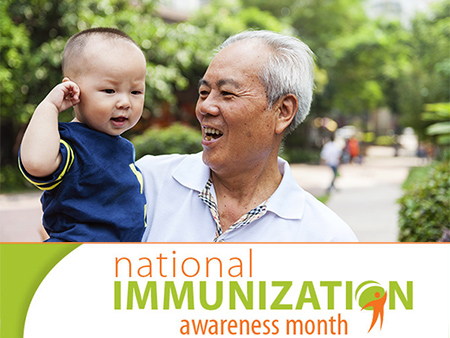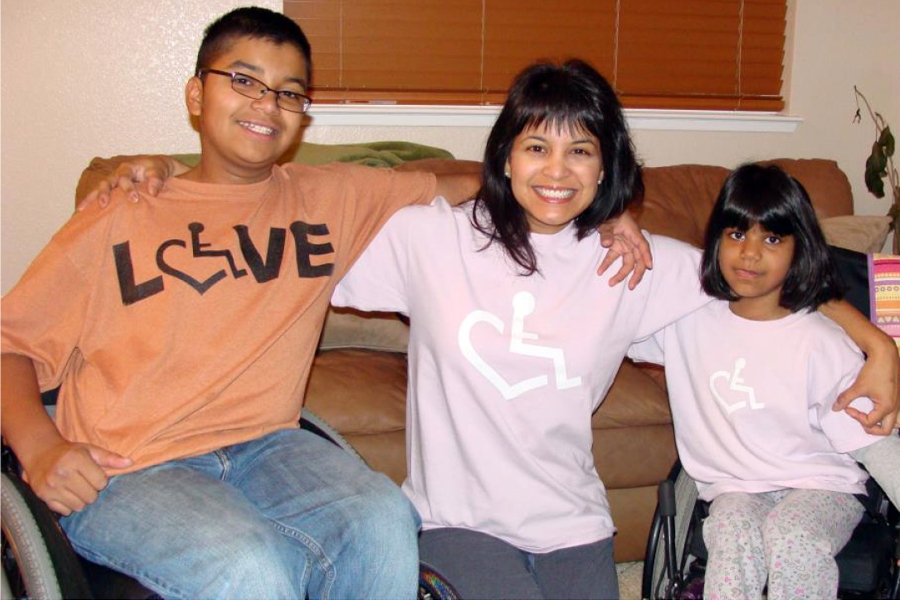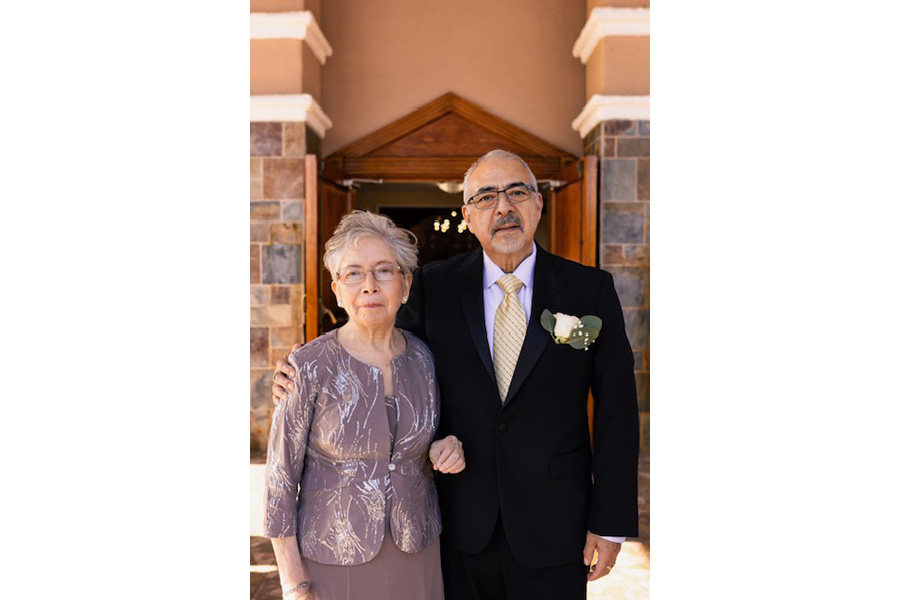As summer temperatures rise, the risks associated with heat-related illnesses increase—especially for those of us living with spinal cord injuries (SCI). Heatstroke is a medical emergency that can affect anyone, but for people with SCI, the risk is significantly higher due to impaired thermoregulation.
Recently, I was working out in my garage gym and experienced a bout of heatstroke. Even after 26 years of managing my body and injury, I still can fall subject to medical accidents. My body went into extreme spasms, I could not make sense of what was really happening and was unable to vocalize my needs. Thankfully, a pool was nearby and I laid in the cold water for over an hour while being fed a banana, electrolyte water and recovery gels. My can of Boost Oxygen helped get me an extra inhale when my body was too weak to do much else.
Our body’s ability to regulate temperature is primarily managed through the nervous system, but we have impaired autonomic responses.
Some challenges include:
- Reduced or absent sweating below the level of injury, which limits the body’s ability to cool down.
- Poor blood flow regulation, affecting how heat is dissipated.
- Decreased awareness of overheating, especially if sensation is affected.
These challenges make it harder for the body to cool itself and recognize warning signs of overheating, leading to an increased risk of heat exhaustion and heatstroke.
Heatstroke occurs when the body’s temperature regulation fails and core body temperature rises to dangerous levels (typically above 104°F). It is a life-threatening emergency that can result in organ damage or death if not treated promptly.
Keep a look out for these signs:
- Hot, dry skin (sweating may be absent)
- Flushed face
- Headache, nausea, or dizziness
- Rapid pulse and breathing
- Confusion, agitation, or slurred speech
- Muscle cramps or weakness
- Loss of consciousness
These signs may be masked, so make sure to watch closely for changes in mental status, facial flushing, or increased spasticity.
Tips to Prevent Heatstroke in SCI
- Stay cool indoors, especially during the hottest parts of the day (11am – 4pm)
- Hydrate regularly and frequently – avoid alcohol and caffeine
- Dress in lightweight and cooling colors clothing
- Use cooling towels, vests, hats and neck wraps
If you or someone shows signs:
- Call 911
- Get to a cool, shaded area, or better yet, inside
- Remove excess clothing
- Apply cool towels to head, neck and wrists
Thankfully, I was able to regulate my body over some time and with the help of my family. I was able to avoid going to the hospital, but the feeling of a hangover continued for a couple days.
Put a heat safety plan in place as your body might not be able to signal danger as clearly, but with preparation, you can stay one step ahead of the heat. Heatstroke is preventable, but vigilance is key— with the right knowledge, planning, and tools, we can enjoy summer safely!
Best in Health,
Aaron Baker























